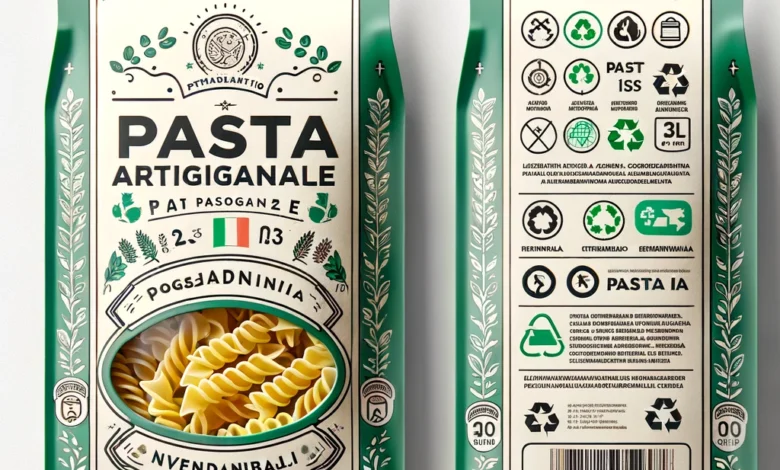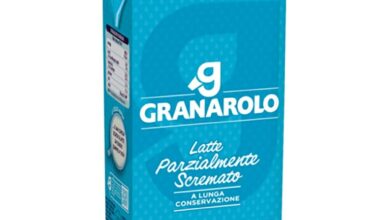
Italy has recently introduced significant changes to its packaging labeling regulations, with the goal of enhancing environmental sustainability. These changes, which came into effect on January 1, 2023, are aimed at improving the collection, reuse, recovery, and recycling of packaging materials. This article delves into the details of the new legislation, its implications for the food industry, and how businesses can comply with the new requirements.
Background of the New Legislation
The updated Italian packaging labeling laws are part of the broader “Environmental Code” established in Dlgs. 152/2006, art. 2019, paragraph 5. The key aim of these changes is to ensure that all packaging is appropriately labeled in accordance with technical UNI standards and European Commission regulations. The legislation mandates that packaging should provide clear information on the materials used and how they should be sorted and recycled, making it easier for consumers to dispose of waste correctly.
Key Obligations for Different Packaging Types
The new legislation distinguishes between packaging intended for professional use (B2B) and that intended for the end consumer (B2C), with specific requirements for each.
Packaging for Professionals (B2B)
For B2B packaging, it is mandatory to include the material composition code for each manually separable component, in line with European Decision 129/97/EC. While it is not required to include additional information regarding waste sorting, it is recommended.
Packaging for End Consumers (B2C)
B2C packaging must contain the following information for each manually separable component:
- Identification code of the packaging material as per Decision 129/97/EC.
- Instructions for waste collection and recycling, indicating the material family.
- The type of material used for the packaging (e.g., plastic, cardboard, glass).
- For plastic packaging, reference to UNI standards for codes not specifically covered by Decision 129/97/EC.
Specific Requirements for Composite and Multilayer Packaging
Composite packaging, which consists of multiple materials that cannot be easily separated by hand, and multilayer packaging have specific labeling requirements. If the secondary materials in composite packaging constitute less than 5% of the total weight, the packaging is treated as single-material packaging. Otherwise, it must be labeled according to the predominant material or the guidelines in Annex VII of Decision 129/97/EC.
Placement and Format of Environmental Labels
Environmental labels must be placed on all manually separable packaging elements, such as caps, tapes, and foils. If this is not possible, the labeling should be applied to the main part of the packaging or the most visible part for the consumer. The design, shape, and color of the labels are flexible, as long as they meet the objective of providing clear and effective information. CONAI recommends using specific color codes to standardize and harmonize consumer information:
- Blue for paper
- Brown for organic waste
- Yellow for plastic
- Turquoise for metals
- Green for glass
- Grey for undifferentiated waste
The text size should be at least 1.2 mm to ensure readability. If the packaging size does not allow for this, QR codes or app references can be used to provide the necessary information.
Examples and Best Practices for Italian packaging labeling
Practical examples of environmental labels for various packaging types (e.g., aluminum, paper, wood, plastic, glass) are provided in the guidelines published by the Italian Ministry of Environment and Energy Security. These examples illustrate how to effectively communicate the necessary information to consumers.
Mandatory vs. Voluntary Logos
While companies have flexibility in the design and presentation of environmental labels, certain logos and certifications (e.g., ISO 14020) can only be used if awarded by an external authority. These certifications are voluntary and can enhance a product’s appeal by demonstrating adherence to additional sustainability standards.
Language Requirements
Labels must be in Italian to ensure that consumers can easily understand the information. This requirement emphasizes the importance of clear communication in the local language.
Penalties for Non-Compliance
Failure to comply with the new labeling requirements can result in significant fines, ranging from €5,200 to €40,000. These penalties apply to both packaging producers and distributors.
Transition Period
A transition period is in place to facilitate the shift to the new regulations. Products already on the market as of January 1, 2023, can remain in circulation until existing stocks are depleted, even if they do not meet the new labeling requirements.
Additional Information and Resources
For further clarification, the Italian Ministry of Environment and Energy Security has published detailed guidelines. Businesses can also consult CONAI‘s FAQ section and utilize their “E-Labeling” service for tailored advice, available for a fee.

Conclusion
The new Italian legislation on packaging labeling represents a significant step towards greater environmental responsibility in the food industry. By adhering to these regulations, businesses not only comply with the law but also contribute to a more sustainable future. Clear labeling helps consumers make informed choices about recycling, ultimately reducing the environmental impact of packaging waste.
For food businesses, it is crucial to stay informed about these changes and implement the necessary adjustments to packaging and labeling practices. By doing so, they can avoid penalties, enhance their brand’s sustainability credentials, and play a vital role in protecting the environment.










